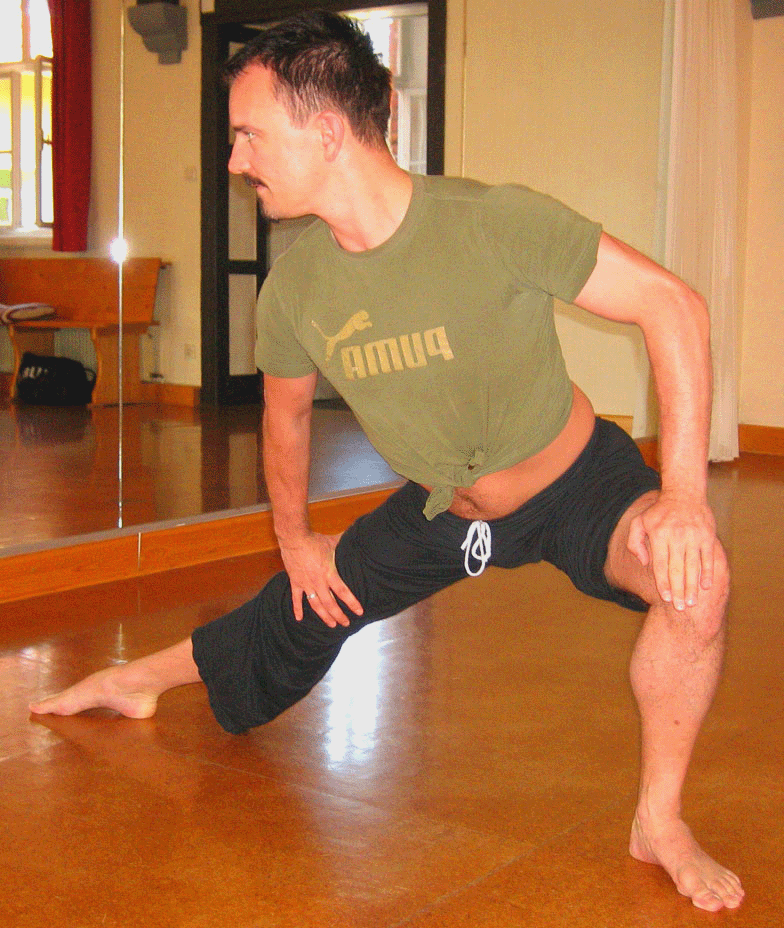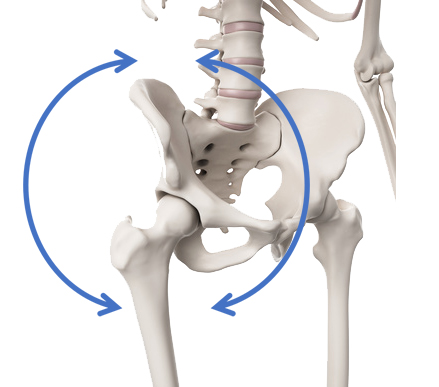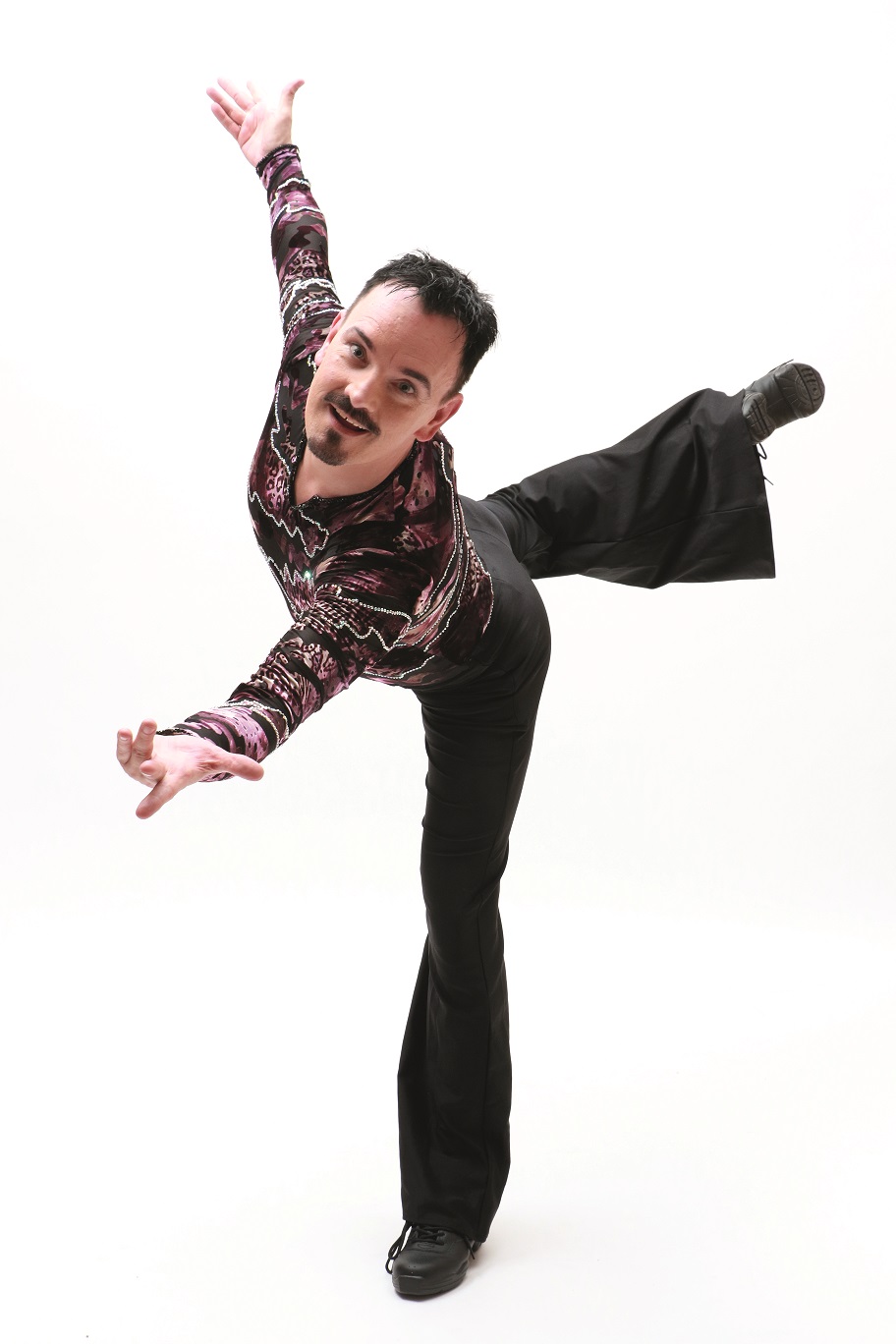Day Long Intensive „Tanzmedizin“ Freitag, 08.03.2019 (7 Stunden)
anerkannt als ESTODA-Fortbildung: 6 Credit Points
Leitung & Dozent: Said El Amir (tamed/GER)
*english below
Tanz trifft Wissenschaft für Laien bis Profis
Tanzmedizin ausprobieren, erfahren und behalten
Dieses Intensiv wird dein tänzerisches Leben positiv verändern, nachhaltig beeinflussen und viele Antworten auf Fragen rund um die Gesundheit im Tanz beantworten. Das Intensiv ist in vier aufeinander aufbauende Abschnitte unterteilt.
Teil 1: Die Tänzeranatomie
Teil 2: Die Biomechanik der Bewegung
Teil 3: Der pädagogisch-didaktische Aspekt im Tanz
Teil 4: Das Fazit
UHRZEITEN: 10:00 – 17:00 Uhr inkl. Pause
MITBRINGEN: Schreibzeug, warme bequeme Kleidung, Neugier, ggf. Yoga-Matte
VORAUSSETZUNGEN: KEINE! Kein Wissen in Anatomie, Physik oder Tanzmedizin erforderlich
Dieses Intensiv wird dein tänzerisches Leben positiv verändern, nachhaltig beeinflussen und viele Antworten auf Fragen rund um die Gesundheit im Tanz beantworten.
Said el Amir, der frisch an der Universität Bern seinen Master in Dance Science absolvierte, vermittelt euch anhand praktischer Beispiele und Übungen wertvolles Wissen zu tanzrelevanter Anatomie, tanzspezifischer Biomechanik, pädagogisch-didaktischer Lernmethoden, um euch euer tänzerisches Leben zu vereinfachen und – wer weiß – ein Stück weit auch besser zu machen.
Das Intensiv ist in vier aufeinander aufbauende Abschnitte unterteilt.
Teil 1: Die Tänzeranatomie
Dieser Teil beschäftigt sich mit dem theoretisch-praktischen Basis-Wissen um die „Tänzeranatomie“. Die für den Tanz wichtigen Eigenheiten des Körpers werden aus anatomischer Sicht beleuchtet, erklärt und erprobt. Ihr lernt zu spüren, zu sehen und zu verstehen, wozu der Körper aus anatomischer Sicht imstande ist und wozu nicht. Des Weiteren lernt ihr, wie ihr welche Funktionen des muskuloskelettalen Aufbaus für bestimmte Bewegungen nutzen könnt.
Teil 2: Die Biomechanik der Bewegung
Das spannende Thema der Biomechanik ist gerade für den orientalischen Tanz nicht zu unterschätzen. Doch was ist Biomechanik eigentlich bzw. was wollen wir in diesem Teil des Intensiv erarbeiten? Es geht vor allem um den optimalen Kraftaufwand für bestimmte Bewegungen. Es geht darum, wo Bewegungen ansetzen, wie sie individuell optimal ausgeführt werden können/sollten und es geht darum, Bewegungen aus physikalischer Sicht in der Art der Ausführung zu „verbessern“ und somit zu erleichtern.
Grandiose Nebeneffekte sind bessere Stabilität, klarere Bewegungsabläufe, gute Technik im Tanz und Spaß an der Bewegung. Ihr lernt in diesem Teil, Aufbau und Struktur von Bewegungen, Erkennen von Bewegungsphasen (Einleitungs-, Haupt-, Endphase), Analyse möglicher Schwierigkeiten und Probleme, welche Basis-Teilbewegungen sind enthalten und welche Trainingsmöglichkeiten (koordinativ, konditionell) es gibt. Natürlich können wir nicht alle Bewegungen des orientalischen Tanzes bearbeiten, aber zumindest doch schon mal ein paar der wichtigsten davon.
Teil 3: Der pädagogisch-didaktische Aspekt im Tanz
Dieser Teil ist super spannend für alle, die denken, sie hätten Probleme beim Lernen; für all jene, die glauben, sich nichts merken zu können; aber auch für alle, denen manchmal die Motivation fehlt oder jene, die nach dem Unterricht eine Art Frust verspüren. Es liegt meist nicht an dir… In diesem Teil des Workshops lernen wir Lerntypen und Lehrmethoden kennen. Wir lernen, wie wichtig guter Unterrichtsaufbau – egal für welche Klientel – für das Erreichen der Lernziele ist und machen einen Abstecher in die jüngsten Forschungsergebnisse im Bereich Lernklima im orientalischen Tanz. All dies wird dir helfen, deine Lernziele selbst zu definieren, sie besser zu erreichen und deine Motivation hoch zu halten.
Teil 4: Das Fazit
In diesem kurzen, abschließenden Teil des Intensiv tragen wir alle Ergebnisse nochmals im Überblick zusammen und ermitteln einen kleinen „Trainingsplan“ auf Basis des von euch für euch selbst gefundenen Trainingsbedarfs.
Intensive „Dance Science“ Day Long Friday March 8th (7 hours)
ESTODA further education credits: 6 Credit Points
Instructor: Said El Amir (tamed/GER)
Dance meets Science for Amateurs to Professionals
Dance Science: Try it!, Experience it!, and Keep it!
This intensive will positively change your dance live. It will have a lasting impact on your life and will answer many questions about health in dance. The intensive is separated in 4 serial sequences:
Part 1: The Dancer’s Anatomy
Part 2: The Biomechanic of the Movement
Part 3: The Aspects of Pedagogic and Didactic in Dance
Part 4: The conclusion
TIME: 10pm to 5pm incl. break
BRING ALONG: Writing utilities, warm comfortable clothes, curiosity, yoga mat, if necessary
REQUIREMENTS: NONE! No knowledge in anatomy, physics or dance medicine needed.
Recently graduated in Dance Science with magna cum laude at University of Bern, Said el Amir uses practical examples and exercises to teach you valuable knowledge about dance-relevant anatomy, dance-specific biomechanics, pedagogical-didactic learning methods to simplify your dancing life and – who knows – to do a bit better.
Part 1: The Dancer’s Anatomy
This part deals with the theoretical-practical basic knowledge of the „dancer’s anatomy“. The peculiarities of the body that are important for the dance will be pointed out, explained and tested from an anatomical point of view. You will learn to feel, see and understand the body’s capabilities from an anatomical point of view. Furthermore, you will learn how to use which functions of the musculoskeletal structure for certain movements.
Part 2: The Biomechanic of the Movement
The exciting topic of biomechanics should not be underestimated, especially for oriental dance. But what is biomechanics actually or in other words: what do we want to develop in this part of the intensive? It is all about the optimal effort for certain movements. It is about where movements are initiated, how they can / should be carried out optimally and it is about „improving“ and thus facilitating movements from a physical point of view in the type of execution. Grandiose side effects are better stability, clearer movements, good technique in the dance and fun moving the body. In this part, you will learn about the composition and structure of movements, the recognition of movement phases (introductory, main, end phase), analysis of possible difficulties and problems, which basic movements are included and which training options (coordinative, conditional) are possible. Of course, we cannot handle all the movements of oriental dance, but at least some of the most important ones.
Part 3: The Aspects of Pedagogic and Didactic in Dance
This section is super exciting for anyone who thinks of having learning problems; for all those who believe they cannot remember anything; but also, for those who sometimes lack the motivation or those who feel a kind of frustration after class. It’s usually not up to you … In this part of the workshop, we’ll get to know types of learners and teaching methods. We learn how important good class structures are – no matter which clientele – for achieving the learning goals and make a detour to the latest research results in the field of learning climate in oriental dance. All this will help you to define your own learning goals, to better reach them and to keep your motivation high.
Part 4: The conclusion
In this short, concluding part of the Intensive we summarize the results and determine a small „training plan“ based on the training needs you have found for yourself.


